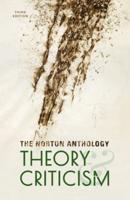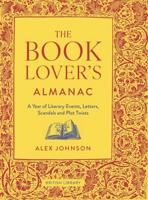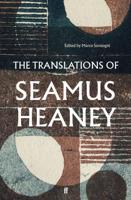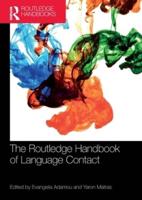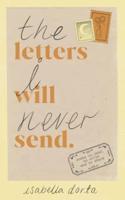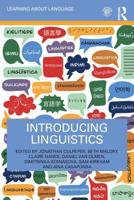Publisher's Synopsis
This book brings together a model of time and a model of language to generate a new model of narrative, where different stories with different temporalities and non-chronological modes of sequence can tell of different worlds of human - and non-human - experience, woven together (the 'texture of time') in the one narrative. The work of Gerald Edelman on consciousness, J.T. Fraser on time, and M.A.K. Halliday on language is introduced; the categories of systemic functional linguistics are used for detailed analysis of English narrative texts from different literary periods. A summary chapter gives an overview of previous narrative studies and theories, with extensive references. Chapters on 'temporalization' and 'spatialization' of language contrast the importance of time in narrative texts with the effect of 'grammatical metaphor', as described by M.A.K. Halliday, for scientific discourse. Chapters on prose fiction, poetry and the texts of digital culture chart changes in the 'texture of time' with changes in the social context: 'narrative as social semiotic'.


